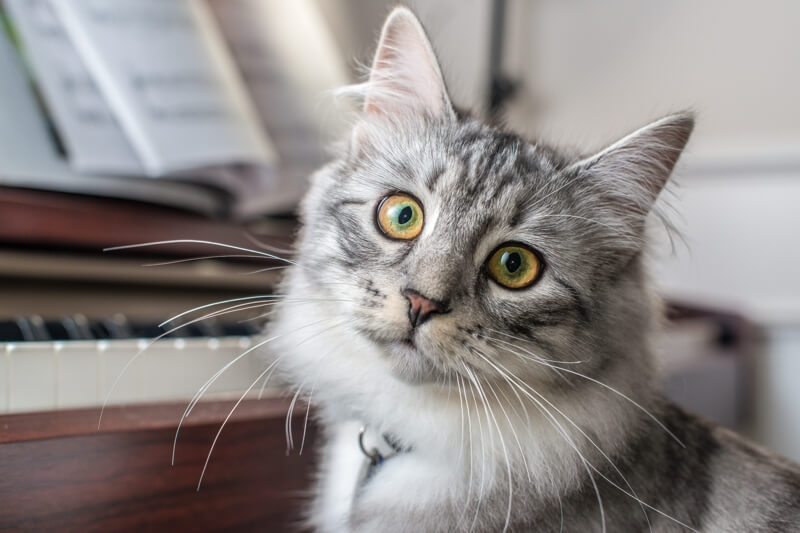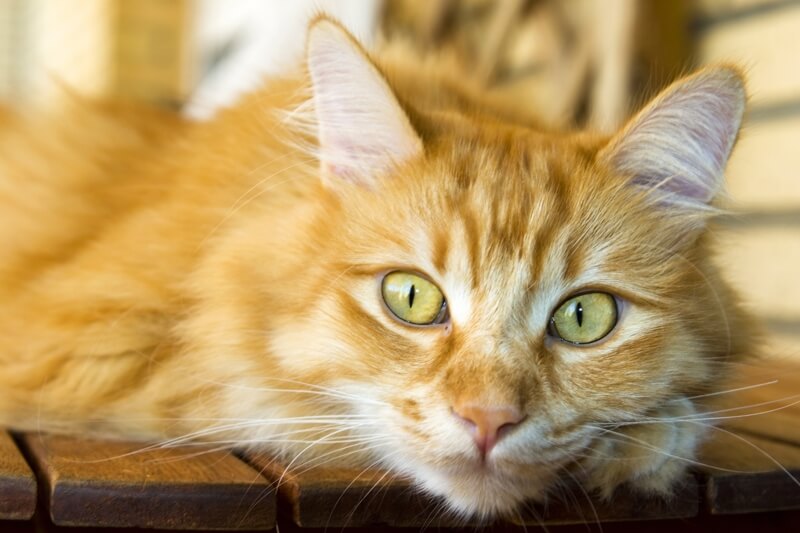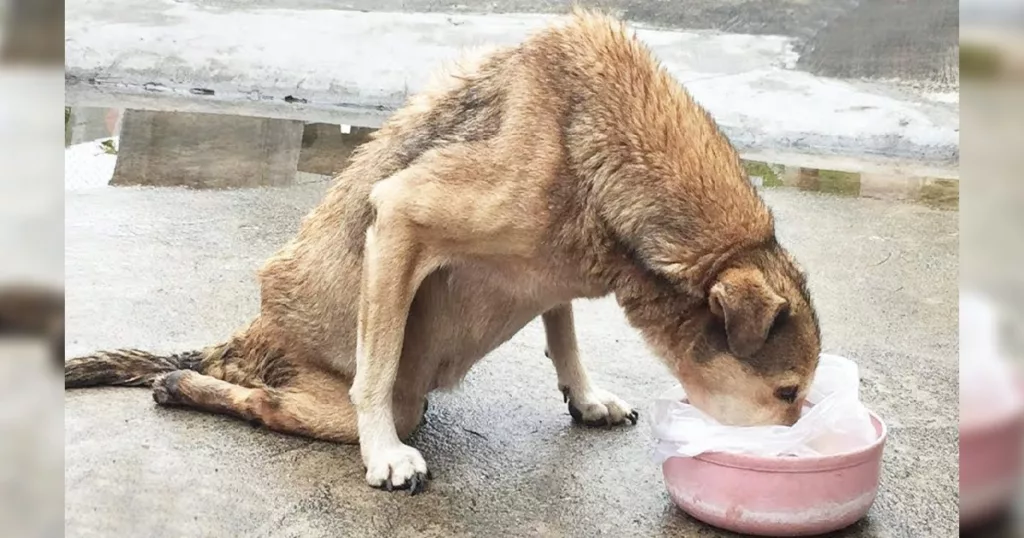
Are you familiar with the Siberian cat breed? If not, it’s time to get acquainted with these exceptional felines! In Russian, the phrase “Ya tebya lyublyu” translates to “I love you,” and you’ll definitely want to learn it to express your admiration for the first Siberian cat you encounter. These cats possess a unique combination of strength, intelligence, and gentle nature that makes them ideal for any household, even those with dogs!
Siberian cats, also known as Siberian Forest cats or Moscow Longhairs, are semi-longhair breeds that typically weigh between 15 and 20 pounds for males, and a bit less for females. Their fur is thick and lustrous, while their eyes are round and full of curiosity. As a landrace breed, they’ve adapted over time to survive the harsh winters of Russia, which accounts for their thick coats.
These felines have incredible personalities and are relatively low-maintenance, making them perfect for households with children and other pets. Don’t miss out on the opportunity to meet one of these remarkable cats!

Siberian cats have a long and fascinating history dating back to the thick forests of Siberia more than a millennium ago. These magnificent felines are believed to be the forefathers of all modern longhaired cats, although little is known about their early days. They probably became domesticated by seeking shelter in farms, shops, and monasteries to escape the severe Siberian winters. Their hunting abilities, which kept rodents under control, were highly cherished by their first owners. While the precise date is unknown, Siberian cats are thought to have been brought to the UK by Russian migrants. Harrison Weir referenced them for the first time in his book Our Cats and All About Them at the end of the 19th century, where he described them as participants in early cat shows. It may be astonishing, but Siberian cats were not introduced to the United States until 1990. Although they were costly to import, Elizabeth Terrell, an enthusiast from Baton Rouge, Louisiana, managed to acquire a few by trading four of her Himalayans. She received one male, Kaliostro Vasenjkovich, and two females, Ofelia Romanova and Naina Romanova. Despite their growing popularity, Siberian cats remain fairly uncommon in the United States.

Siberian felines exhibit a distinct set of features that set them apart from other cat breeds. Their sturdy yet nimble physique is characterized by powerful hind legs that enable them to jump and frolic like skilled athletes. With their round faces, big paws, and beguiling round eyes in shades of green or gold, they look amicable and welcoming. Nonetheless, their most notable trait is their dense, three-layered fur, made up of tough, straight guard hairs, wispy, undulating awn hairs, and a woolly undercoat. Siberians are available in various hues and designs, such as solid, tortoiseshell, and color point.
Siberian cats are animated, daring problem-solvers who possess exceptional intelligence levels. They relish climbing and jumping and delight in playing with puzzle toys and mastering new tricks. Although they are loyal, they are not needy and will wait patiently for affectionate cuddles. They are not easily upset by noises or unfamiliar individuals, and can coexist with children, dogs, and other housemates if given a suitable introduction. If you choose to adopt a Siberian cat, anticipate having an amusing and loving companion at your side.

Taking Care of Your Siberian Cat
Siberian cats are a delightful addition to any home with their fluffy appearance, but you may believe that they require high maintenance. However, this is not the case. Despite having a triple-layered coat, Siberians have a glossy fur that only needs brushing once or twice a week to prevent tangling and matting. They shed heavily at the end of winter and have lighter shedding in the summer, so it is best to brush them daily during these times.
It is suggested to trim your cat’s nails every week and perform a routine check on their ears for any redness or bad odors. If there is any accumulation, clean it gently with a damp cotton ball and seek advice from your veterinarian if it indicates an ear infection. Furthermore, you should brush your feline friend’s teeth a few times a week.
Are Siberian Cats Hypoallergenic?
Many people believe that Siberian cats are hypoallergenic and do not cause allergic reactions. Although Siberians produce less of the protein, Fel d1, that causes allergies, even small quantities can trigger allergic reactions. They also produce dander, which can irritate allergies.
Tips for Special Siberian Care
Siberian cats are independent yet like being around other cats. As a result, if you are considering adopting one, consider adopting two. They thrive when accompanied by a feline companion.
Siberians are notorious for their daredevil behavior, so you should protect them from potential hazards. Avoid displaying glass ornaments or delicate objects on high shelves and invest in a ceiling-height cat tree to keep your furry friend amused.

Siberian felines are a hardy breed that tend to be healthy due to their natural breeding. However, they may be vulnerable to a heart condition called hypertrophic cardiomyopathy (HCM), which causes the thickening of the heart’s muscle and can lead to heart failure. As a precautionary measure, it is best to have your Siberian cat screened for this ailment by a qualified veterinarian. These cats mature quickly and can produce larger litters; therefore, it is advisable to have them spayed or neutered as early as possible to avoid potential unwanted offspring.
Siberian cats are known for their affectionate personalities and adventurous spirit, and there are several fascinating details about them. They are Russia’s national cat, and their shedding is triggered by variations in daylight hours instead of temperature. In the film Nine Lives, Kevin Spacey portrayed a character whose psyche was trapped inside his daughter’s Siberian cat. These felines take parenting very seriously, with female cats typically mating with just one male, while the males play an active role in caring for their offspring. Furthermore, Siberian cats possess water-resistant coats and enjoy being in the water, so don’t be shocked if they attempt to join you during bath time!

Naming your Siberian cat can be a challenging task as they possess remarkable personalities. You can simplify this process by naming them after famous rivers and lakes found in Siberia, including Lena, Amur, Obie (after the River Ob), Yenisei, or Baikal. Alternatively, you could name them after Elizabeth Terrel, who brought Siberian cats to the U.S., or Naina, one of her first Siberian cats. Another option is selecting names inspired by daring explorers that share the Siberian’s spirit, such as Magellan, Lewis, Boone, Leif, or Yuri. It’s crucial to ensure that your feline friend is well-protected from head to paw, regardless of their name. So why not request an ASPCA Pet Health Insurance quote today?


